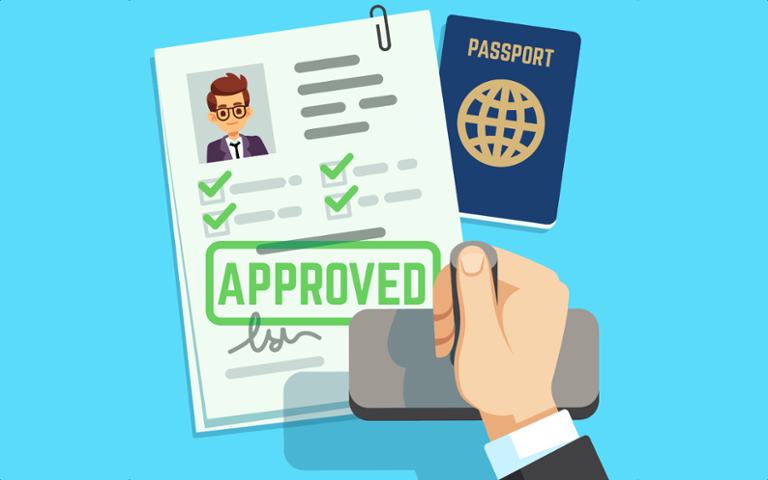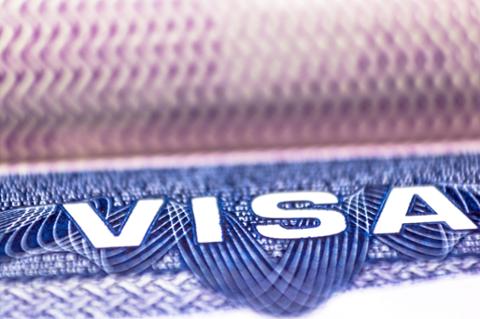Ever wondered how exactly major tech companies use the H-1B program? It’s not always as cut-and-dry as it seems. Sometimes, they use subcontracting firms to hire foreign candidates for them, and until recently, these relationships were hard to discover.
A massive (no really, it’s huge, and far too cumbersome for your home computer to dig through; we gave it to our Dice Data Science Team to parse) dataset from the U.S. Department of Labor (DOL) shows us who is hiring H-1B visa candidates. It also shows what’s called a “secondary entity,” which is a designation afforded to companies that use outsourcing to bring in foreign talent.
These “secondary entities” pop up when a staffing firm fills out the DOL’s Form ETA-9035 & 9035E, which asks the hiring company to designate if the H-1B visa candidate will work for them, or if that person will be placed elsewhere (i.e., a client or subcontracting firm). If they check “yes,” that other company is considered the “secondary entity.” So, if Google used a firm like Cognizant to source foreign talent, Google would be listed as a “secondary entity” for that visa recipient.
Here’s how the major tech companies are using subcontractors to source H-1B talent:
Apple is far and away the biggest "secondary entity" here, with 2,295 H-1B visa applicants arriving via consultants and staffing agencies. Google is a distant second with 921, while Microsoft is third with 545. Facebook has 190 H-1B hires made via sourcing firms, while Amazon (96) and Netflix (31) round out this list. (It's also worth examining what H-1B software engineers at these big firms are actually paid, including Apple, Google, and Microsoft.)
An important caveat: This is only representative of hires made via subcontracting firms. Most companies also hire H-1B candidates directly. There are a few reasons to go through a hiring agency, though. For companies that also hire directly, use of a sourcing firm can help them secure more foreign-born workers with varied skill-sets. This is like a land-grab for H-1B visas; with denials skyrocketing, major tech companies are using subcontractors to secure as many bodies as they can.
A sourcing firm may also help with on-boarding and how to handle H-1B workers at the end of a contract; it’s simpler for a company like Apple to simply disable key-cards and let the sourcing firm deal with the other personnel issues. Staffing agencies are skilled at "churning" workers when the time comes.
But not all churn through workers at a rapid clip. Some tech companies offer massive perks for visa holders, H-1B included.
Change may be afoot for these tech companies, too. We’ve previously identified that H-1B visa hires are most often identified as “software engineers” or “software developers” by title, which isn’t quite a specialty occupation in tech. But the government has started issuing more Requests for Evidence (RFEs) to tech companies, asking them to prove their foreign-born talent holds special training or education that makes them uniquely qualified for the job they’re hired into. If changes to the H-1B program are successful, we expect the number of foreign-born tech workers hired via the program may slow dramatically.


